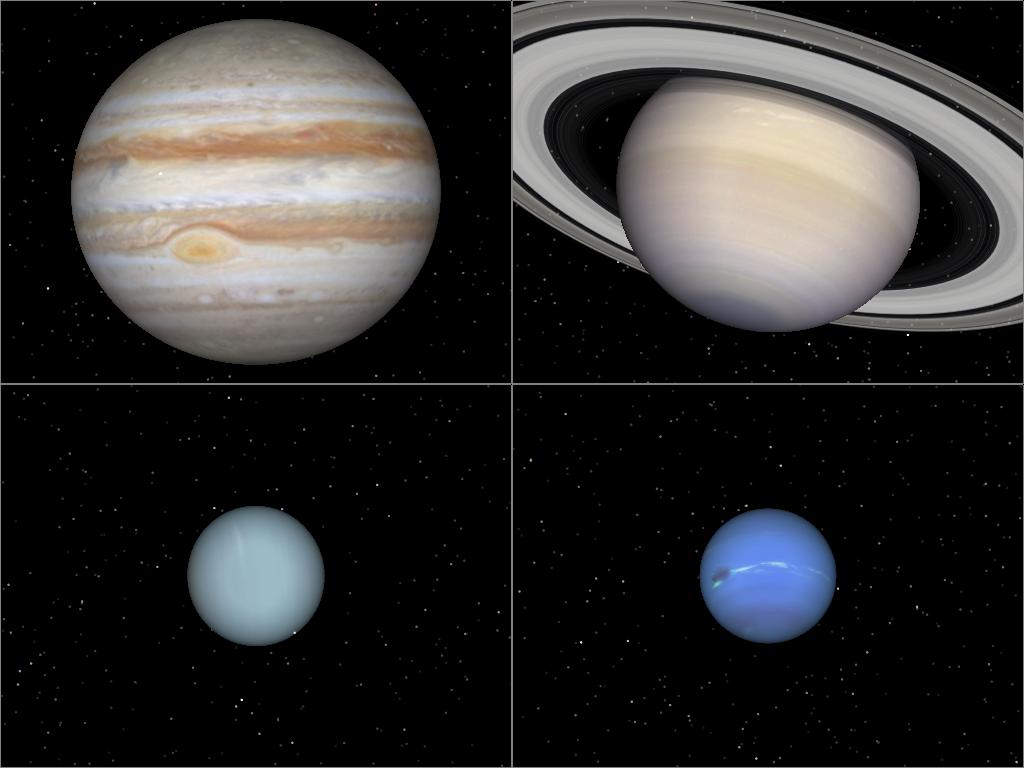The gaseous planets of the Solar System are Jupiter, Saturn, Uranus and NeptuneThey are named this because their surface is gaseous, and the gases that make them up have condensed and swirled through a process called accretion. The area that corresponds to the gaseous planets is also called the "outer Solar System" and also represents our most distant "neighborhood", which is why only a few space missions have been dedicated to exploring its components and capturing some images (especially of its natural satellites), among which the Cassini-Huygens mission stands out.
The gas planets, on the other hand, are clearly larger in size compared to their gaseous counterparts, and have a much larger number of satellites together: Adding the natural satellites of Jupiter and Saturn, there are more than 140, while Uranus and Neptune combined add up to more than 40 (known to date).
Check the detailed characteristics of each gas planet by visiting their respective sections.


